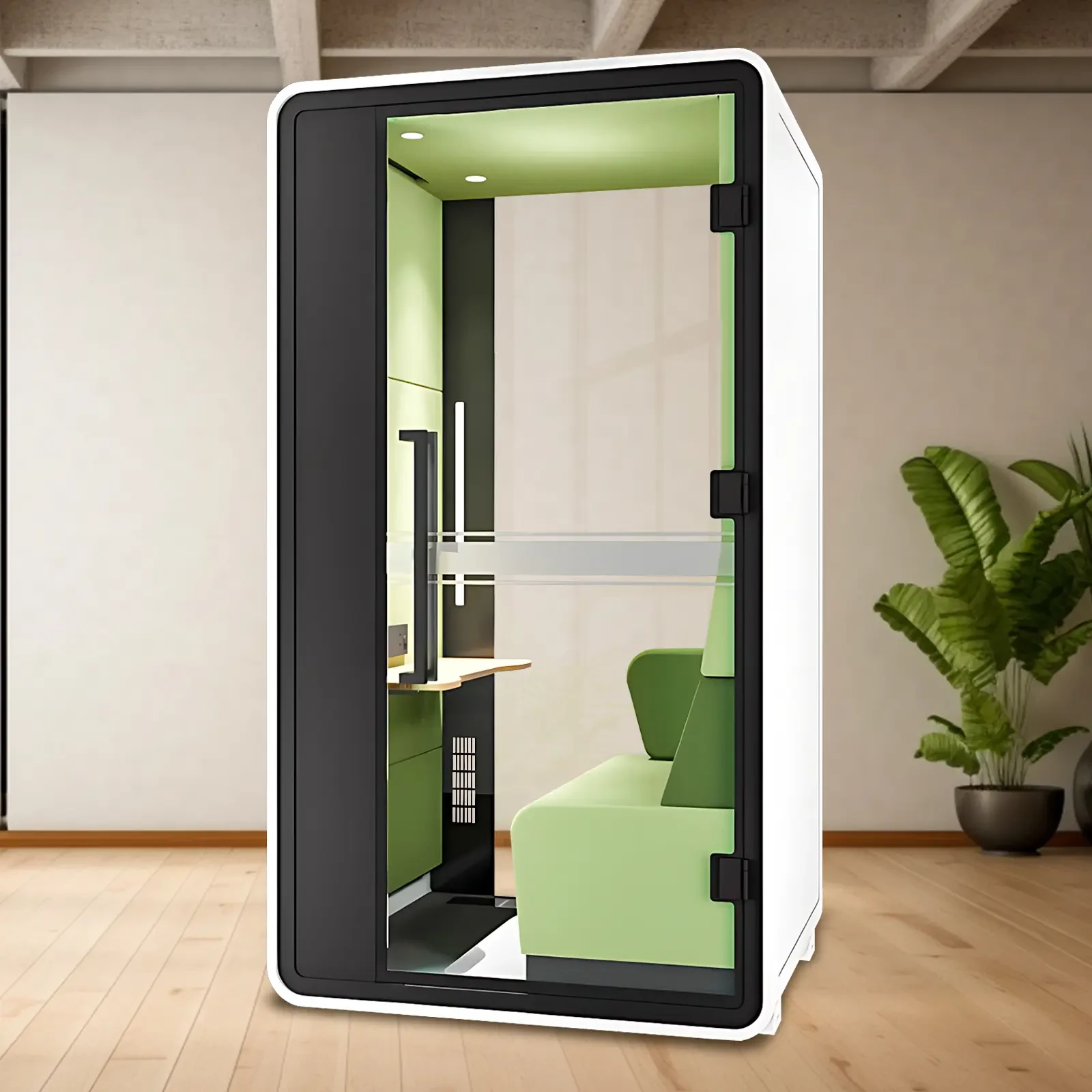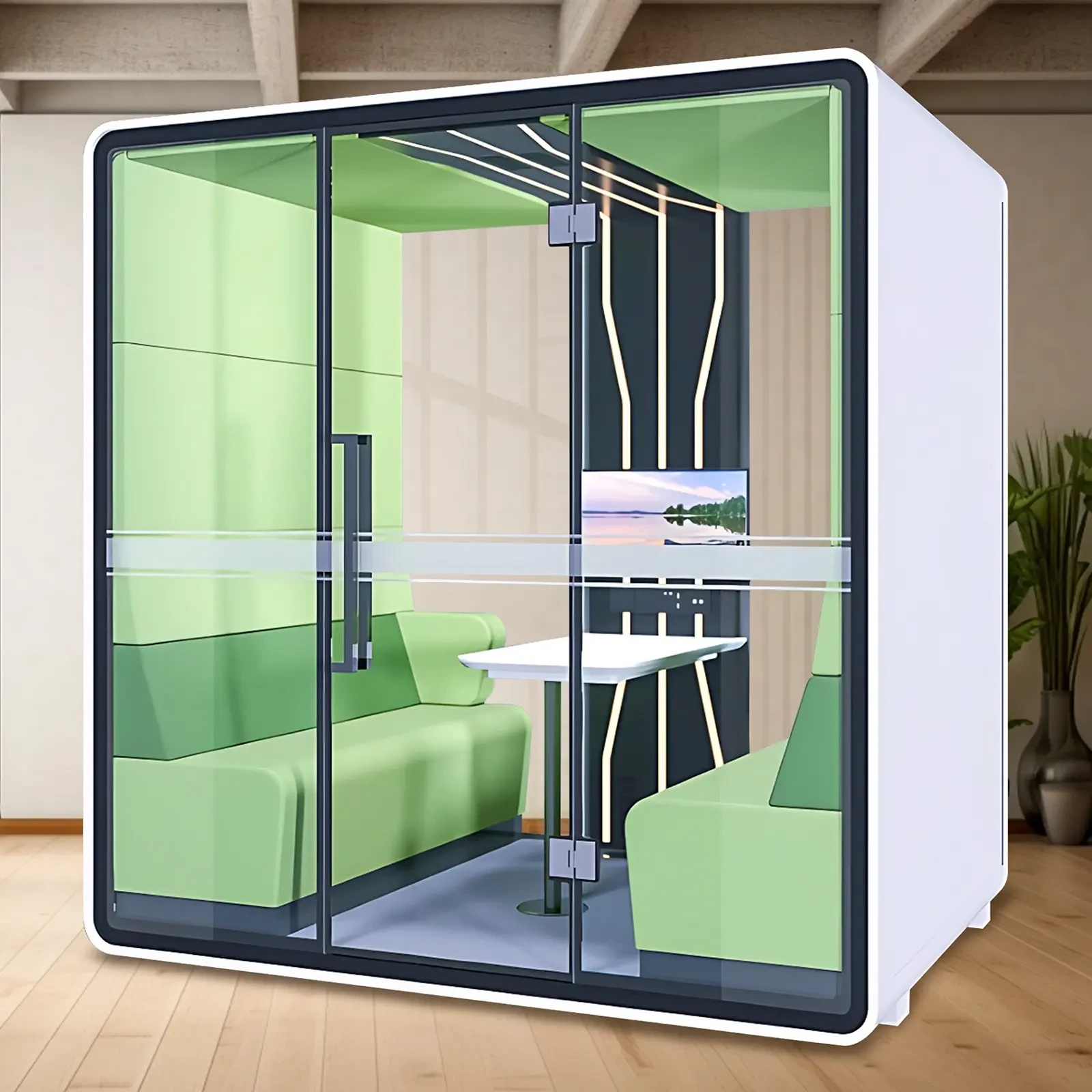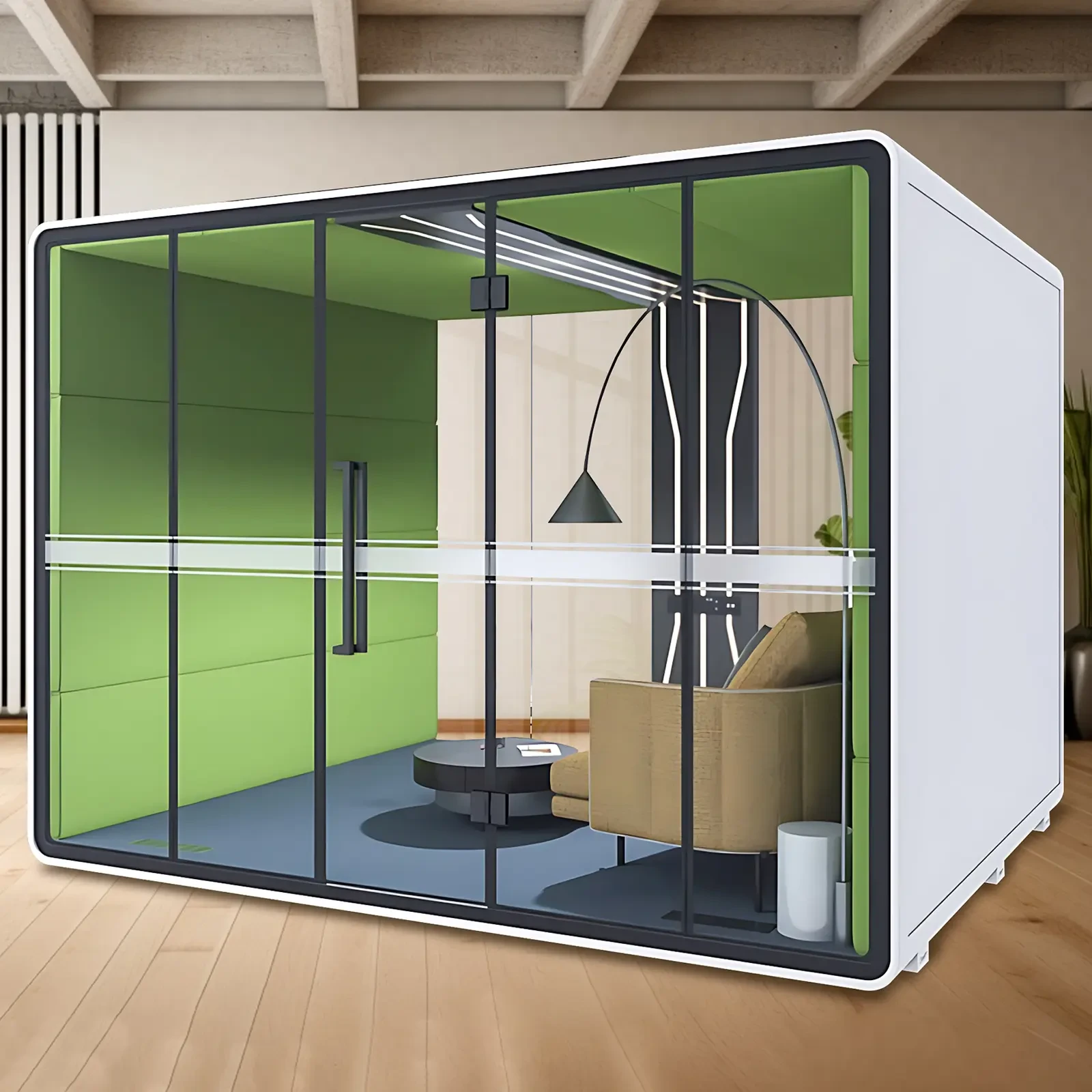In today’s fast-paced world, where productivity demands keep increasing and mental fatigue has become a constant companion, the art of taking short, restorative naps has emerged as an essential skill for maintaining peak performance throughout the day. How to power nap is simply a powerful way to change your afternoon slump to a rejuvenating rest, which revitalizes and improves cognitive function, memory formation, creative output, and general mood without compromising your nightly sleep pattern.
The power nap has become a part of the working vocabulary of successful entrepreneurs, visionary tech leaders, peak-performing athletes, and productive professionals worldwide who understand that quality rest during working hours is not a luxury but a scientifically proven necessity for continued excellence. The secret to successful brief sleep episodes is an understanding of the delicate balance between duration, timing, environment, and the individual circadian rhythms that truly control our natural sleep-wake cycles.
The science of good short sleep bouts
To understand why short periods of sleep are so effective, we need to look at the intricate stages of sleep and how they affect brain functioning in different lengths of rest time. When you fall asleep, your brain goes through different stages, from light sleep, deep sleep, and rapid eye movement sleep, each with distinct functions to restore your cognitive and physical health.
Short naps (of strategic duration) usually permit you to enter light sleep stages one and two, which offer ample benefits such as increased alertness, improved physical performance, better mood management, and quicker reaction times (without the deeper stages that can make you feel fatigued and disoriented on waking).
Extensive lab studies by premier researchers have shown that ten to thirty-minute naps enhance cognitive performance for two to three hours after the rest period, so they are especially beneficial for those under pressure to perform mentally or creatively during the late afternoon hours. These short breaks are effective because they flush out adenosine build-up in the brain, a brain chemical that builds up throughout the day and makes us feel sleepy and less mentally alert.
Optimum Duration and Timing Strategies
Nailing the ideal length of your restorative break is one of the most important elements when it comes to waking feeling refreshed and not sluggish and disoriented due to sleep inertia. Most sleep experts agree that ten to twenty minutes is the optimal amount of time to refresh; it is long enough to experience the benefits of the lighter stages of sleep, but not so long that you enter a deep sleep cycle that will take more time to recover from when you wake up.
For those looking to get more serious cognitive improvements and memory consolidation, a ninety-minute nap provides enough time to complete a full cycle of sleep, complete with all stages, but this longer period of time needs more flexible schedules and may not be viable for most working professionals during typical business hours.
Your how-to power nap time is as important as your how-to power nap length, with the sweet spot usually between one and three o'clock in the afternoon when most people have a natural dip in alertness due to fluctuations in circadian rhythm and post-lunch digestive processes. Napping too late in the day (especially after 4:00 p.m.) can disrupt the quality of nocturnal sleep by decreasing the pressure to sleep and making it harder to fall asleep at your regular time.
Creating the Best Nap Time Environment
Creating the right environment for short periods of rest requires precisely managing several sensory aspects that impact your ability to fall asleep fast and experience restorative rest in a condensed period of time.
Light exposure is one of the strongest environmental triggers of sleep onset, so making it dark, or using eye masks to block visual stimuli that can keep the brain alert - and stop you entering restful sleep states - is essential.
However, temperature is also a factor, as your body naturally cools down as you fall asleep, so a slightly cool temperature of between 65 and 68 degrees Fahrenheit will help you begin sleeping quickly and keep you comfortable throughout your rest period.
In environments such as the workplace or busy household, where the hums of ambient sounds can make it difficult to relax and fall into sleep, soundproofing solutions, white noise machines, or noise-canceling headphones can help you achieve acoustic isolation.
The physical comfort of your resting surface directly affects the quality of your sleep - if your position is too uncomfortable, it could cause muscle tension and physical discomfort that wakes you prematurely or prevents you from completely relaxing during your short window of rest.
How to Best Organize Your Preparation
To get yourself to fall asleep as quickly as possible, creating certain pre-nap routines that cue your nervous system to make the switch from alert activity to a recuperative state of rest is necessary. Having a solid alarm before you drift off to sleep removes the anxiety of oversleeping and enables your mind to fully relax without the psychological stress of being aware of timekeeping or being fearful of missing any important commitments after your rest cycle.
Taking deep breathing exercises or progressive muscle relaxation for two to three minutes before trying to sleep stimulates your parasympathetic nervous system, slowing your heart rate, loosening your muscles, and providing the physiological conditions that favour falling asleep quickly.
Caffeine also has a shorter onset of action of about twenty minutes, so taking a caffeine nap (that is, taking caffeine just before you take a nap) and then sleeping for a short period of time allows you to get the restorative benefits of your nap and then the stimulating effects of the caffeine when you wake up.
Avoiding stimulating content and electronic devices at least five minutes before your scheduled rest time will help avoid blue light exposure, as well as mental activation that can delay sleep onset and diminish the effectiveness of your how-to power nap routine.
X-Comfot's fashionable office pod booth for meeting booth and sleeping offers advanced soundproofing technology and multi-functional design, making it a perfect fit for professionals who want a dedicated space to power nap and work. Leveraging 35-45dB soundproofing via multi-layered acoustic insulation, whisper-quiet ventilation for fresh air circulation, integrated LED lighting, power outlets, and network ports, this sleek pod provides the ideal controlled environment for restorative daytime rest while neatly blending into modern office spaces as a multipurpose meeting, negotiation, or private sanctuary.
Recommendation
X-comfot offers a sound booth and meeting pod solution that is tailored to achieve the ideal isolated environment for effective short rest interventions within office settings, where intimacy, quiet, and comfortable conditions typically may otherwise prove challenging. Our modular soundproof pods provide the controlled environment, lighting options, and space required by professionals who want to include restorative daytime rest as part of their workday without the distraction of colleagues or background office noise.

 USD
USD
 GBP
GBP
 EUR
EUR






